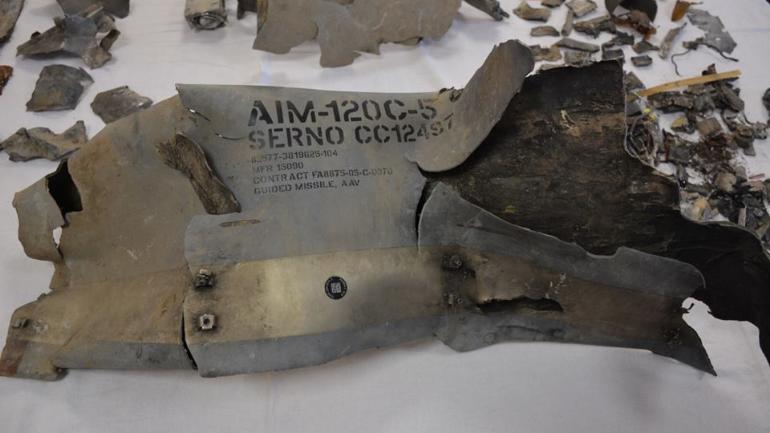By Franz-Stefan Gady
 The U.S. State Department has cleared a possible sale of 24 Lockheed Martin-Sikorky MH-60R Seahawk Romeo multirole maritime helicopters to India for an estimated cost of $2.6 billion, the Defense Security Cooperation Agency (DSCA) announced in a statement on April 2.
The U.S. State Department has cleared a possible sale of 24 Lockheed Martin-Sikorky MH-60R Seahawk Romeo multirole maritime helicopters to India for an estimated cost of $2.6 billion, the Defense Security Cooperation Agency (DSCA) announced in a statement on April 2.
The deal is still subject to congressional approval before final contract negotiations between the United States and India can begin and the price as well as the quantity of helicopters to be delivered may change prior to the inking of the final sales contract.
Notably, India has walked away from defense deals in the past as, for example when it recently abandoned plans to procure 16 U.S.-made Sikorsky S-70B-x helicopters, although the purchase had already been cleared in 2014 by India’s Defense Acquisition Council (DAC).
The helicopter potential sale would also include 30 APS-153(V) Multi-Mode radars, 60 T700-GE-401C engines, 24 Airborne Low Frequency System (ALFS), 1000 AN/SSQ-36/53/62 sonobuoys; 30 MK 54 torpedoes; 10 AGM-114 Hellfire missiles; 38 Advanced Precision Kill Weapons System (APKWS) rockets; 70 AN/AVS-9 Night Vision Devices, next to other equipment and parts.
















/arc-anglerfish-arc2-prod-mco.s3.amazonaws.com/public/H7LOQUBTPBGOROD4IPNXCNWXKQ.jpg)